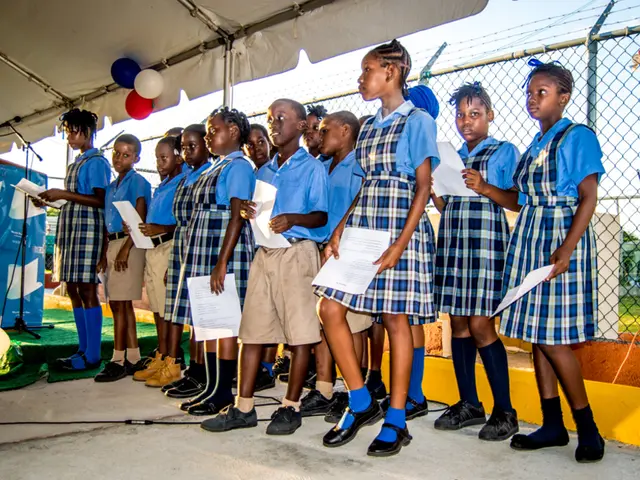Solar Home Venture: Examination After First Year of Operation
In the heart of British Columbia, our solar panels, installed on August 1, 2019, have been generating clean, renewable energy for over a year now. While the sunny days bring optimal performance, it's the cloudy months that truly test the resilience of our solar power system.
During cloudy or rainy weather, solar panels typically operate at about 10% to 25% of their normal capacity. Thick clouds reduce the amount of direct sunlight reaching the panels, but modern photovoltaic (PV) technology is designed to capture both direct and diffuse light, meaning solar panel efficiency never drops to zero even on heavily overcast days.
Factors affecting performance during cloudy weather include cloud thickness, rainfall intensity, type of solar panel, and panel orientation. For example, monocrystalline panels tend to perform better under low-light conditions than polycrystalline ones. Rain can also provide some benefits such as cleaning panels (which improves light absorption) and cooling them (which enhances efficiency).
Despite lower generation levels, commercial and industrial solar solutions, often combined with battery storage and intelligent energy management systems, can maintain continuous operation. Oversized solar arrays help generate sufficient power even when solar radiation is only 20-30% of normal levels. Stored energy from sunnier days compensates for cloudy periods, ensuring steady output and reducing reliance on the grid.
This sustained energy generation, even at reduced levels, still contributes to CO2 emissions reduction. Although the absolute reduction is lower during cloudy months due to decreased output, solar installations continue to provide green energy, maintaining some level of environmental benefit year-round.
As we look towards the future, we remain hopeful for a sunnier day next year for improved solar panel production. We encourage our readers to ask questions about going solar in the comments section, and we'll do our best to provide answers.
In the previous post from June, we discussed changes made to reduce power usage. You can find more information about those changes here. The total CO2 reduction tracked by the monitoring app for the lifetime of the panels is a significant 7 tons.
In our 'Things That Went Well' section, we celebrate the solar power generation at our home beginning on August 1, 2019, despite the less-than-expected production in June due to cloudy weather and the solstice. The graph provided in the post shows the solar panel production for June being less than monthly trends indicate.
We're excited to continue sharing updates on our solar panel results and look forward to a brighter, greener future. Don't forget to share this update with your friends on various social media platforms!
In cloudy or rainy weather, despite solar panels operating at about 10-25% of their normal capacity, modern photovoltaic technology allows them to capture both direct and diffuse light. This design ensures solar panel efficiency never drops to zero even on heavily overcast days.
Even during reduced energy generation due to cloudy weather, ongoing solar panel installations, such as those at our home, still contribute to CO2 emissions reduction, providing continuous environmental benefit year-round.




